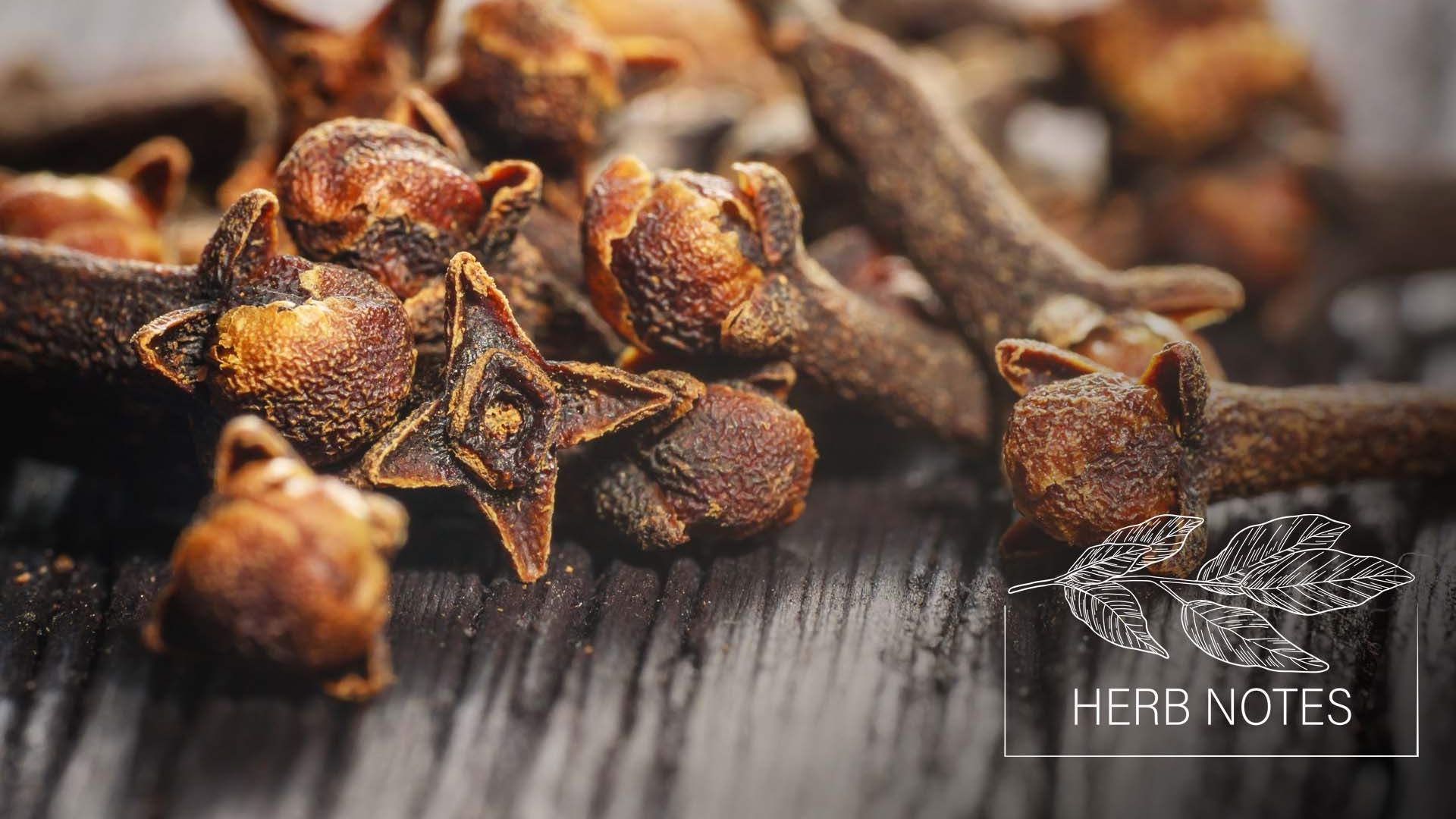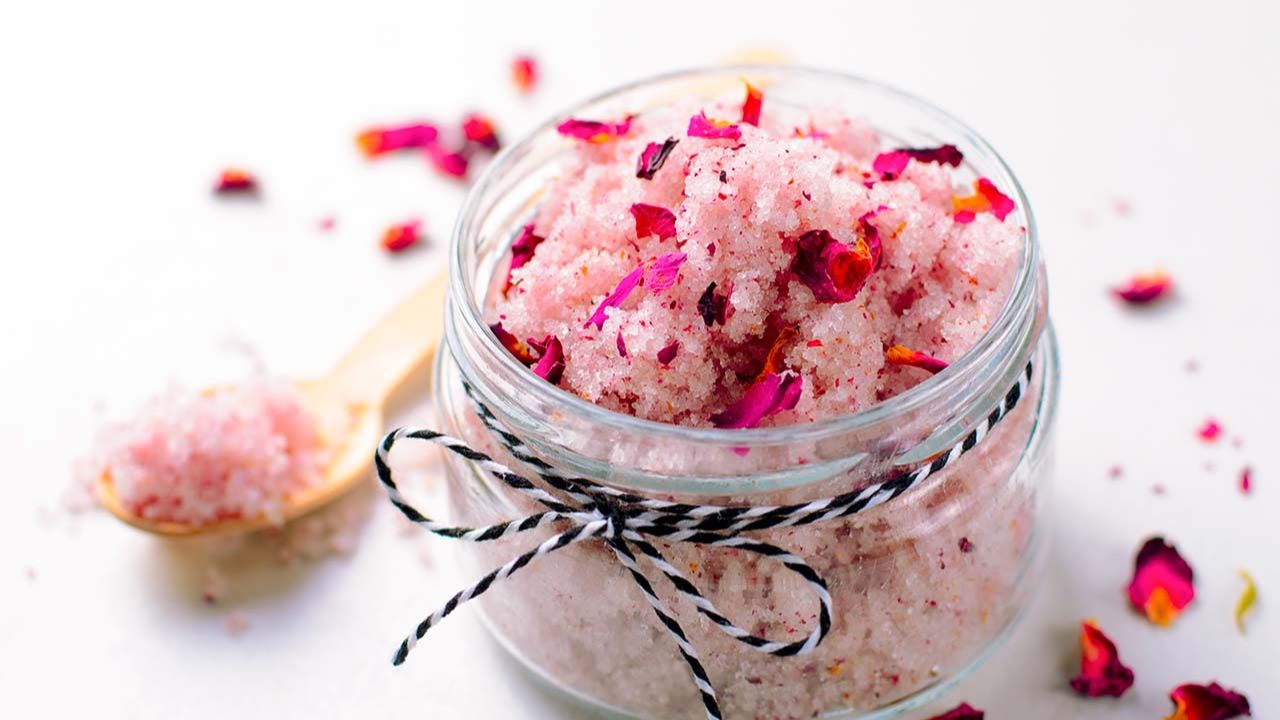
Healthy Breakfast Recipe: Sweet Potatoes, Kale and Eggs
My husband and I have this little game we play; it’s called “How many sources of phytonutrients are in this meal?”
I promise it’s more fun than it sounds.
We started this game after seeing a lecture by herbalist Dr. Kevin Spelman on the importance of eating lots of different plants in our daily diets. In this lecture, he talks about how the diversity of plants in our diet positively impacts our genes (epigenetics) and how humans have coevolved with plants so that our bodies are coded to recognize this wide variety of nutrients.
You’ve probably heard that our pre-agricultural ancestors most likely ate hundreds more species of plants than we currently do. Dr. Spelman hypothesizes that our rise in chronic illnesses is being caused by this lack of plant diversity within our diets. He says:
“Chronic disease may come from a lack of phytochemical exposure. Your ancestors had 8-10 times (a conservative estimate, probably more realistic estimate is maybe a hundred times more) exposure to phytochemistry than we do today. And that [lack of exposure] foments chronic disease.”1
In fact, the average US diet is pretty dismal when it comes to plants, both in quantity and diversity.
An NPR article reports:
"Americans eat 1.5 cups of vegetables daily, on average, the USDA finds. But the national nutrition guidelines recommend 2 to 3 cups a day for adults. And more than half our veggie intake comes from potatoes and tomatoes, whereas only 10 percent comes from dark green and orange veggies like spinach, carrots and sweet potatoes."2
See…pretty dismal!
Not only does this mean that most people are not getting the micronutrients they need, they also are lacking in phytonutrients. Both are important, but today’s article is going to focus on phytonutrients.
First let’s back up a bit. What are phytonutrients and micronutrients? Micronutrients is a fancy word for vitamins and minerals. For example, Vitamins A, B, C, and D, magnesium and calcium are micronutrients.
As we saw above, the current national nutrition guidelines recommend 2-3 cups of fruits and vegetables a day in order to get an adequate amount of micronutrients. (I consider this to be on the low side myself, but it’s pretty telling that most people aren’t even getting this small amount!)

What are phytonutrients? Sometimes called phytochemicals, these the natural chemicals found in plants. While we could quickly list all the micronutrients, there are over 10,000 known phytonutrients and probably just as many we don’t yet know about.
When thinking about micronutrients, we need to think about getting enough of one food to give us adequate amounts of each nutrient. For example, we know that taking a bite of a carrot isn’t going to do a lot for our health, but getting a cup of carrots regularly will likely provide enough beta carotene to our diet.
When thinking about getting enough phytonutrients in our diet, it’s less about getting enough of one plant and more about getting a little bit of a wide diversity of plants.
Dr. Kevin Spelman says he doubts that even herbalists get as many as 10 sources of phytonutrients per day. I hope he’s wrong, but I fear he’s right.
Take a moment and count how many different plants you generally consume in a day. Do you get over ten? However many you regularly get, I hope this article will help inspire you to get even more. Spelman says our ancestors got anywhere from 80-200 different types of plants in their diets, and while some of us may be getting more than 10, I am sure many of us fall short of the diversity that was seen in our ancestral diets.
How to Get More Phytonutrients in Your Daily Diet
Let’s look at a standard healthy breakfast recipe:
1 egg, potatoes, kale
 |
 |
 |
|---|
This is considered a healthy meal (and one could easily argue, much healthier than most people in the U.S. are eating for breakfast).
Using a couple of different sources, I looked up the nutritional data for these three foods. Here’s a quick look. (No need to memorize this, you’ll see the point I am going to make in just a moment). 3 4
Dietary Fiber, Protein, Thiamin, Riboflavin, Folate, Iron, Magnesium and Phosphorus, Vitamin A, Vitamin C, Vitamin K, Vitamin B6, Calcium, Potassium, Copper and Manganese, beta-carotene, lutein, zeaxanthin retinol, Protein, Riboflavin, Vitamin B12 and Phosphorus, Selenium, Saturated Fat Cholesterol, Vitamin C, Vitamin B6, Potassium and Manganese.
But while this breakfast may be “healthy” it could be spiced up with a lot more diversity and phytonutrients and that’s exactly what today’s recipe is all about.
To show you a crude visual representation of the difference some herbs and spices can make, I looked up the phytonutrients for the same general breakfast, but with the addition of some herbs and spices (recipe below).
I think you’ll see what I mean when a little bit of diversity can go a long way. 5 6 7 8
Dietary Fiber, Protein, Thiamin, Riboflavin, Folate, Iron, Magnesium and Phosphorus, Vitamin A, Vitamin C, Vitamin K, Vitamin B6, Calcium, Potassium, Copper, Manganese, beta-carotene, lutein, zeaxanthin retinol Protein, Riboflavin, Vitamin B12, Phosphorus, Selenium, Saturated Fat Cholesterol, dietary Fiber, Vitamin B6, Potassium, Vitamin A, Vitamin C and Manganese, diallyl sulphate, alliin, ajoene, allicin, tannic acid, borneol, iso-bornyl acetate, carnosol, cineole, pinene and camphor, linalool, rosmanol, terpeniol and verbinol., rosmarinic acid, flavonoids, limonene, tyrosol, hydroxytyrosol, oleuropein, ligstroside, apigenin, luteolin, caffeic acid, cinnamic acid, ferulic acid, coumaric acid, cyanidins, peonidins, rutin, vanillic acid, syringic acid, cepaenes, thiosulfinates, quercetin, kaempferol, borneol, cymol, apigenin, luteolin, saponins, triterpenic acids, vitamin C, biotin, molybdenum, vitamin K, copper, potassium, manganese, dietary fiber, beta-carotene, vitamin B6, folate, niacin, vitamin E, and phosphorus, esculeoside A, chalconaringenin, naringenin, chalconaringenin, rutin, kaempferol, quercetin caffeic acid, ferulic acid, coumaric acid, lycopene, lutein, zeaxanthin, beta-carotene, camphene, eugenol, carvone, phellandrene, myristicin, pinene, limonene, piperine, chavicine.
Please keep in mind these are crude lists of nutrients just to make this point: adding a diversity of herbs and spices to your meal greatly enhances your sources of phytonutrients.
I wasn’t kidding when I said my husband and I add up the sources of phytonutrients in our meals. But I hope that challenging yourself to diversify your diet isn’t really about counting anything, but instead is more about creating delicious and complex tasting food.
Let’s take this healthy breakfast recipe as an example of a great way to start the day.
Healthy Breakfast Recipe: Sweet Potatoes, Kale and Eggs
This healthy breakfast recipe takes healthy ingredients often found on a breakfast plate and spices it up to include a lot more plants. This makes a great weekend brunch when time isn’t an issue. If you’re pressed for time, make the potatoes, onions, garlic and kale the night before.
What you’ll need…
- 2 tablespoons olive oil
- 1/2 of an onion, sliced
- 3 garlic cloves, minced
- 1 medium sweet potato, cut into 1/4 inch rounds then cubed
- 1 teaspoon thyme
- 1 teaspoon rosemary
- 1/2 teaspoon salt
- 3-5 leaves of kale, chopped well
- 2-4 farm fresh eggs
- 1 tablespoon minced olives
- 2 tablespoons minced sun dried tomatoes (for convenience, buy these in a jar)
- black pepper
- Need herbs? Visit Mountain Rose Herbs.
Preheat oven to 350°F.
Place 1 tablespoon of olive in an oven-safe pan with a lid (I used a cast iron pan with a cookie sheet as a lid). Add the onions and garlic, stir well to coat the onions with oil.
In a small bowl place 1 tablespoon olive oil, the cubed potatoes, thyme, rosemary and salt. Stir well to coat. Add this to the oven-safe pan, leaving the onions on the bottom of the pan (otherwise they may burn).

Bake, uncovered, for 30 minutes or until the potatoes are cooked through.
Add the chopped kale. Stir well. Continue to bake uncovered for 5 minutes or until the kale is gently wilted.

Add the cracked eggs individually to the pan. Top with the olives and tomatoes. Lightly salt the eggs.

Cook, covered, for an additional 7-8 minutes or until the eggs are cooked to your preference.

Remove from the oven and lightly dust with freshly ground pepper. Serve immediately.

Depending on eggs served or how hungry you are this makes 2-4 servings.
I hope you enjoy this healthy breakfast recipe but, more than that, I hope you incorporate the concept of getting more phytonutrients in your daily diet. Maybe you’ll mimic our family’s game of counting how many phytonutrient sources are in each meal. For this breakfast recipe, I count ten different types of plants. Add a cup of tea or coffee and you’ve got 11. Add artichokes to the dish: 12. Serve with a side of fruit: 13. And on and on.
How much is enough? I’m sure there’s no upper limit. We aim for 10 different plants per meal – sometimes we do more, sometimes we fall short – but since we attended the Kevin Spelman lecture, we certainly get more than we used to.
I’ll leave you with another quote from Dr. Spelman:
“Stop and think about this today when you eat. You are going to consume something rich in phytochemicals (I hope). You are going to steep your genes in that and you do that daily. If you think of that phytochemistry as information, what kind of message are you carrying in your body? What kind of message are you delivering to your genes?”










